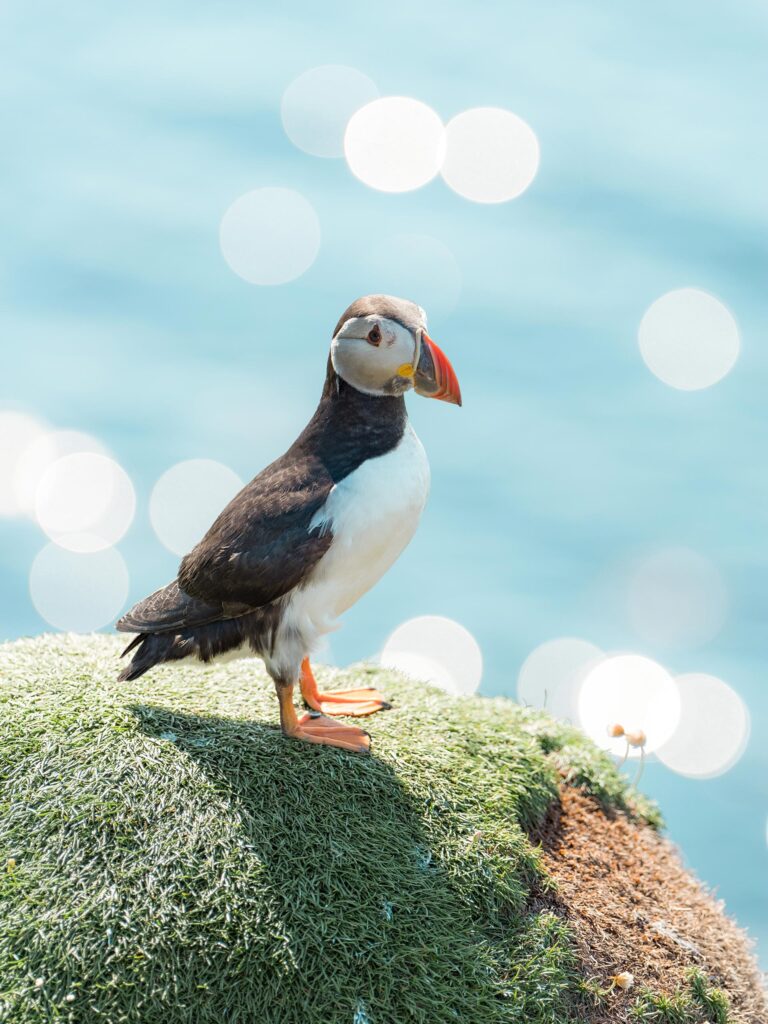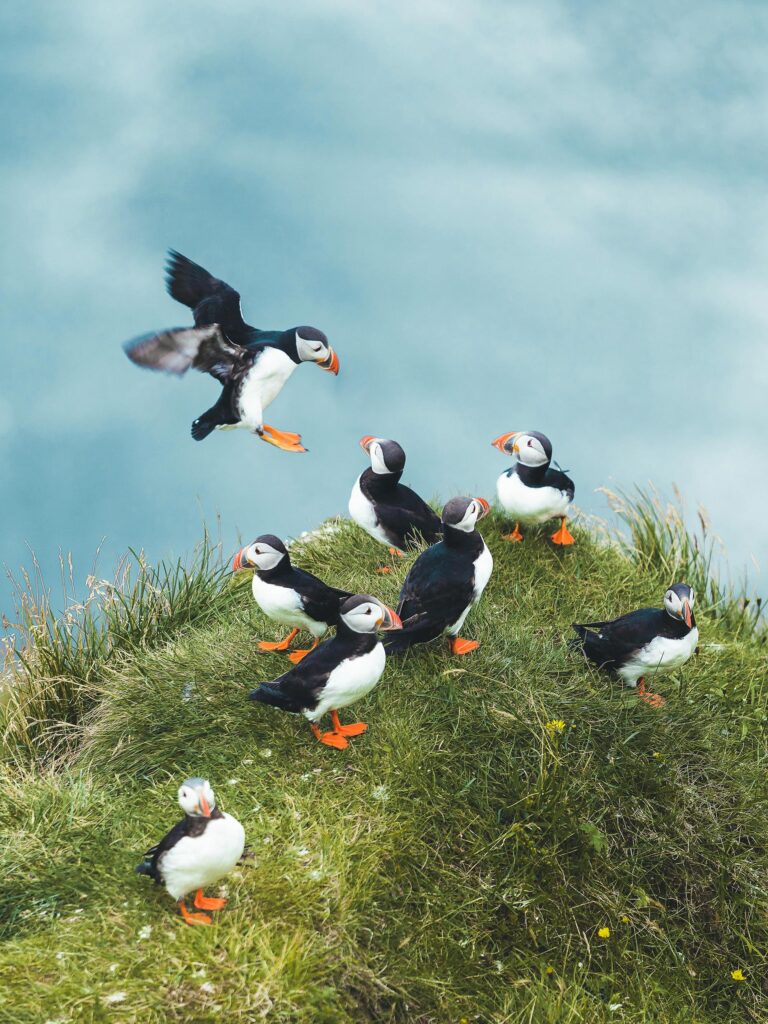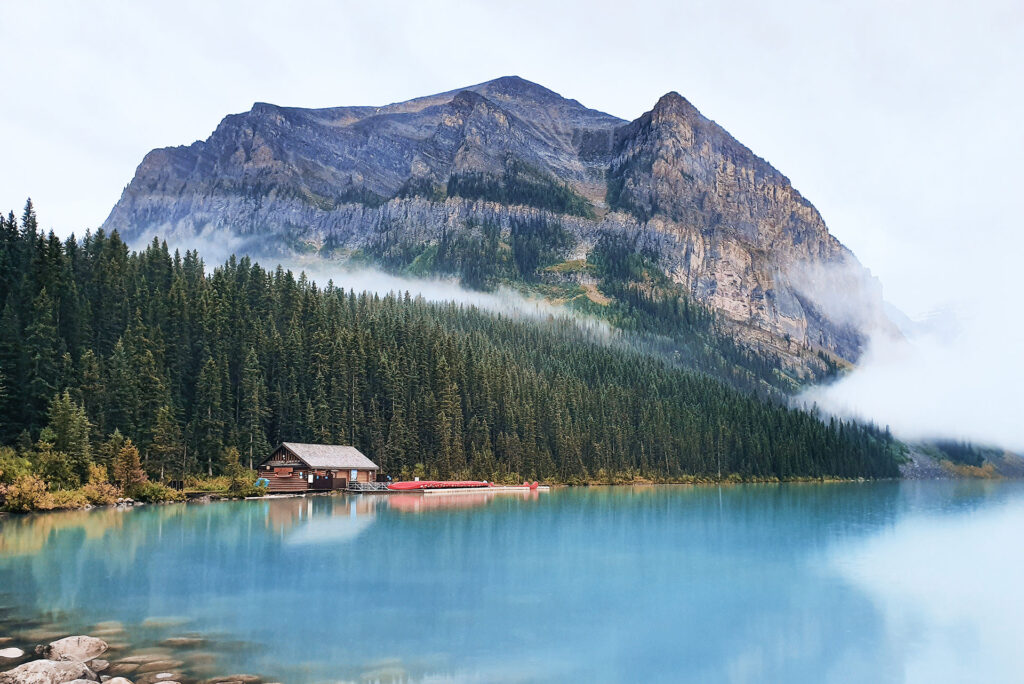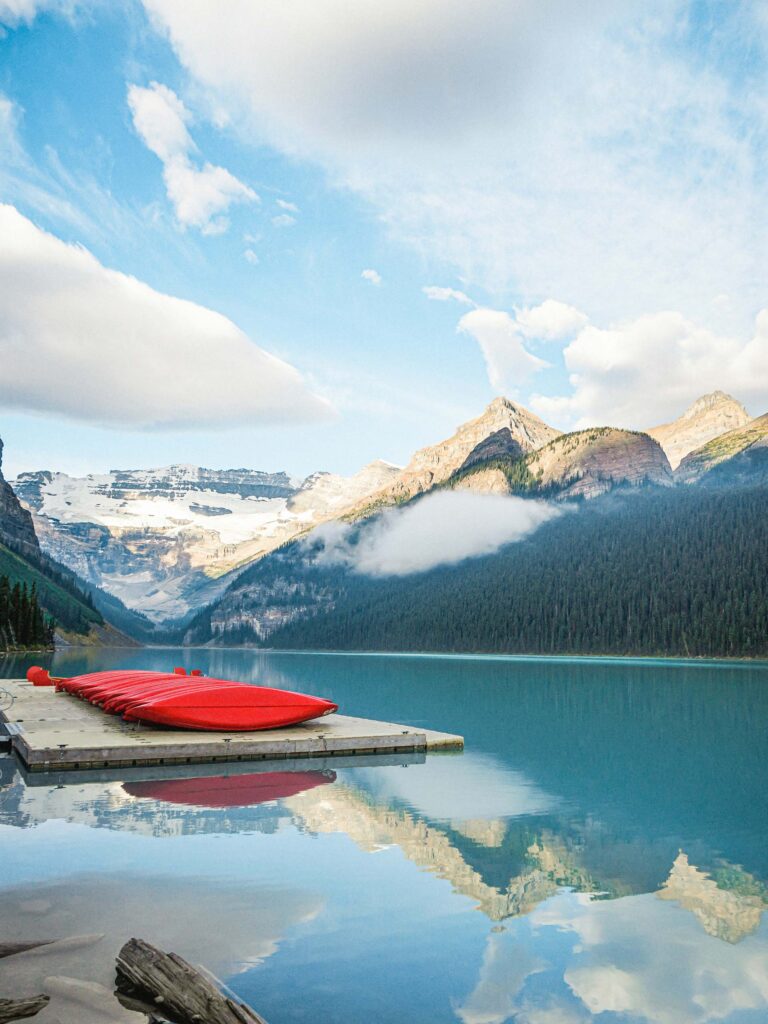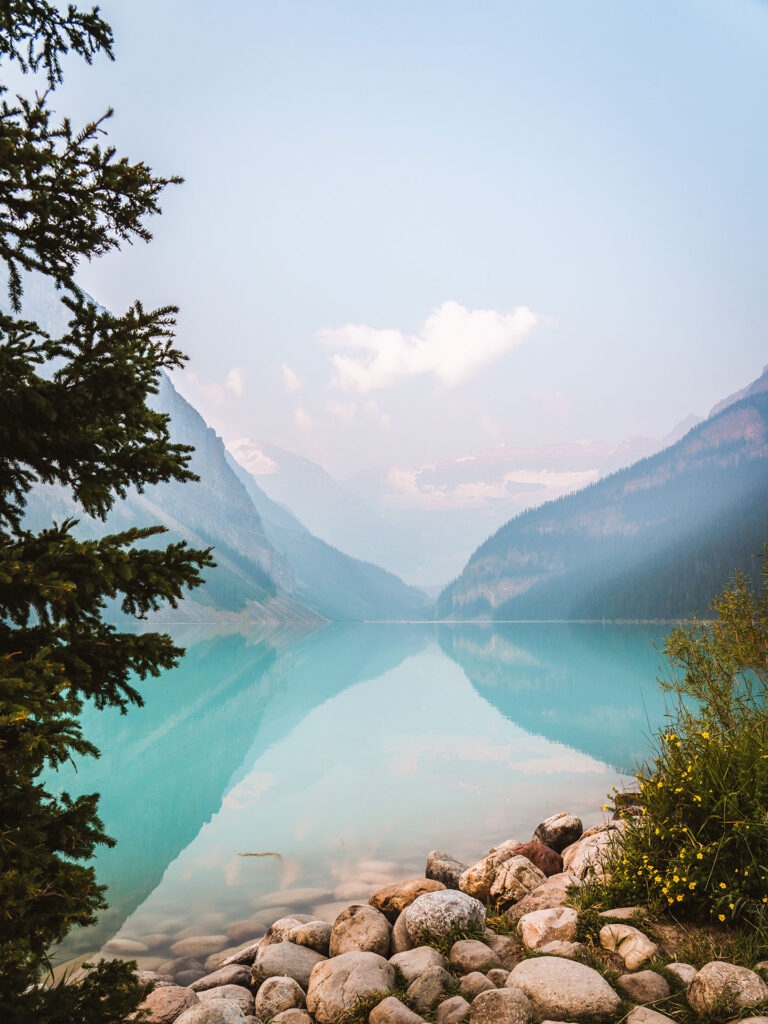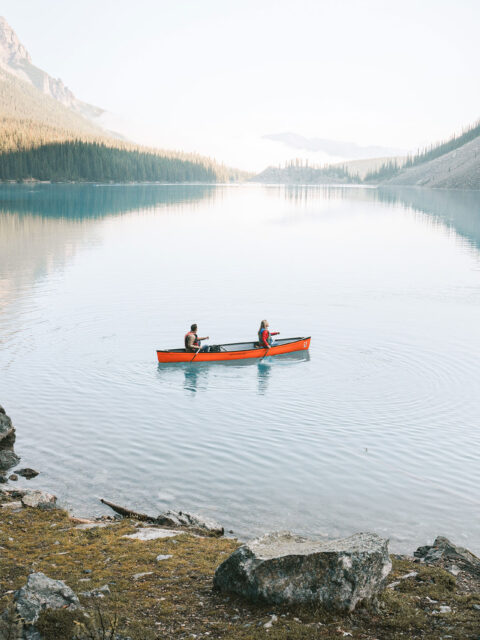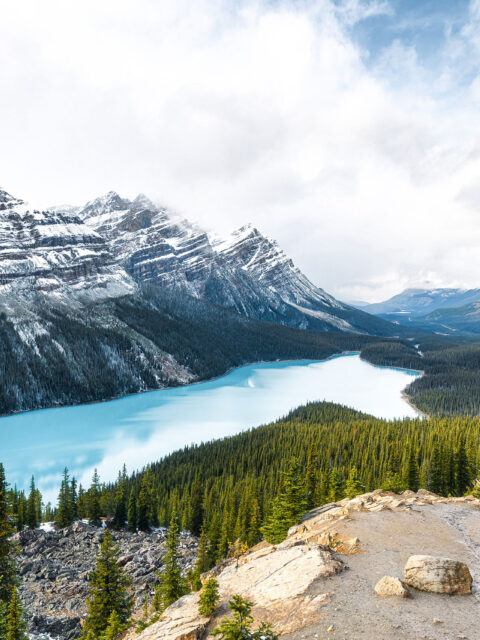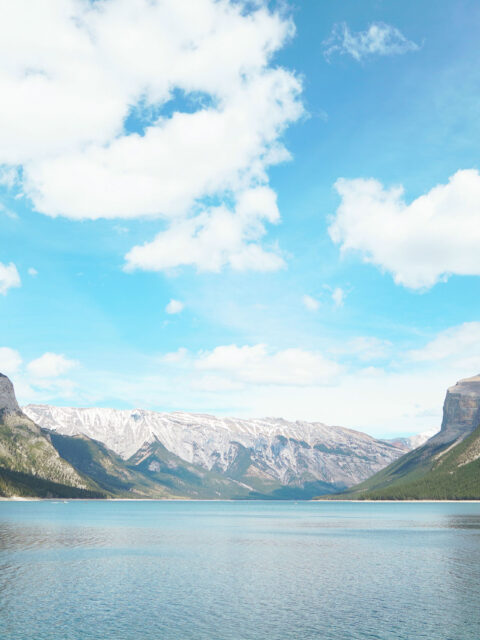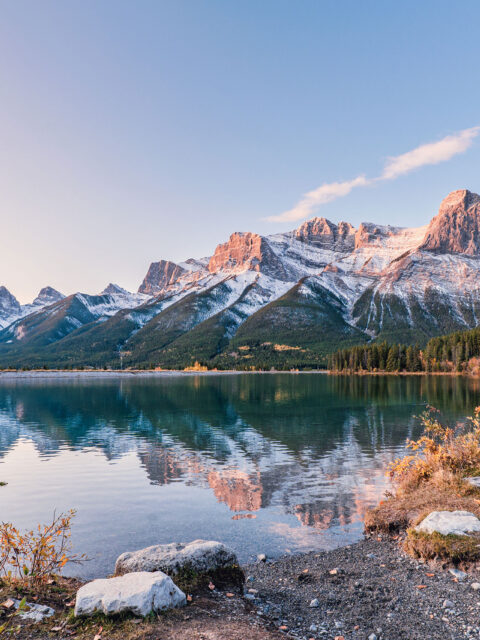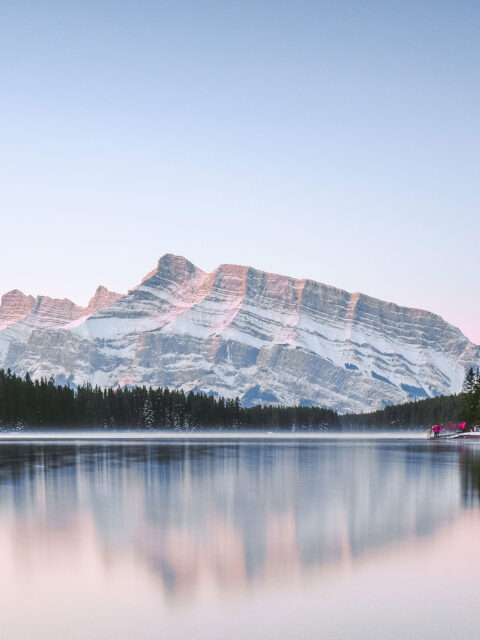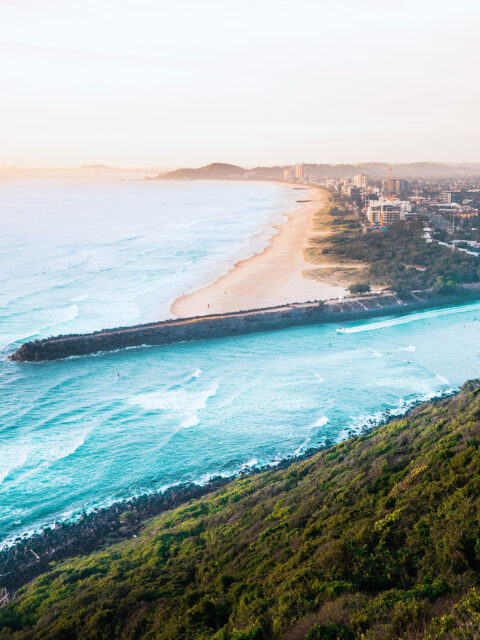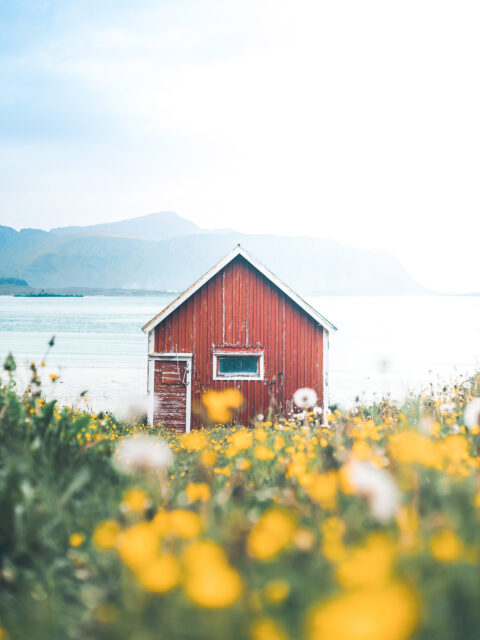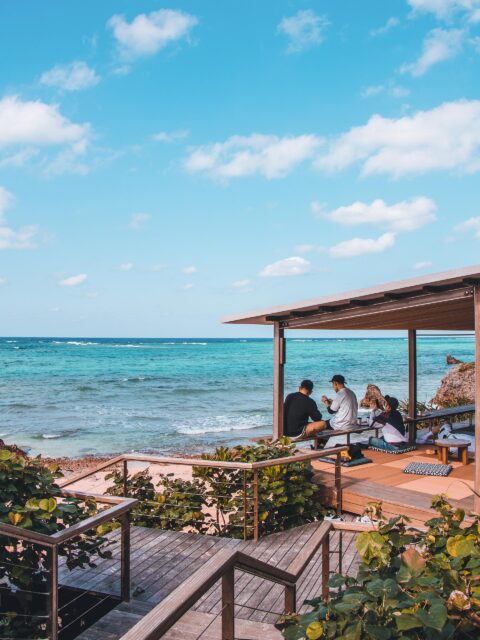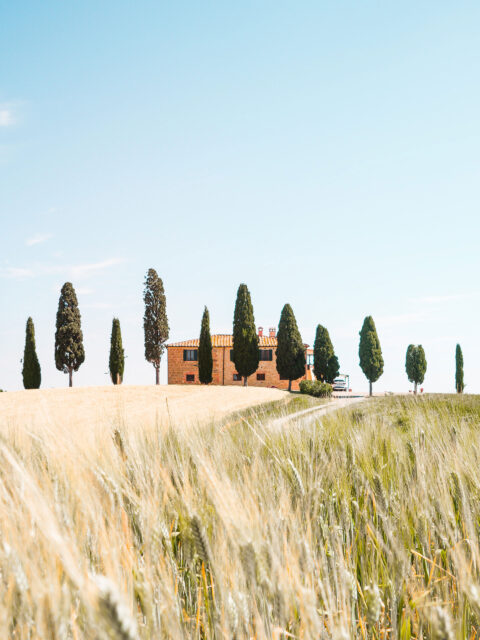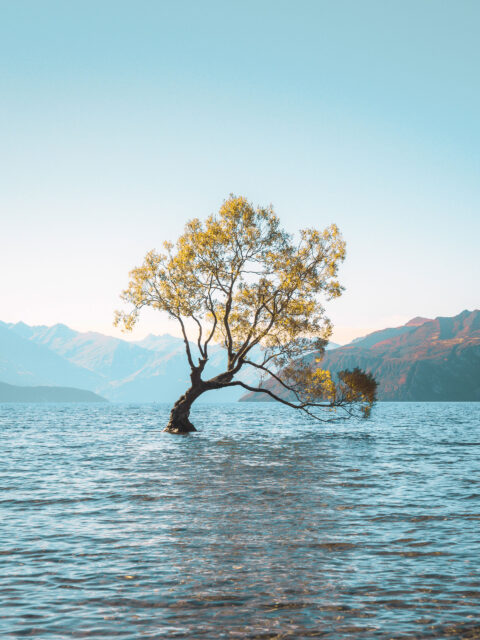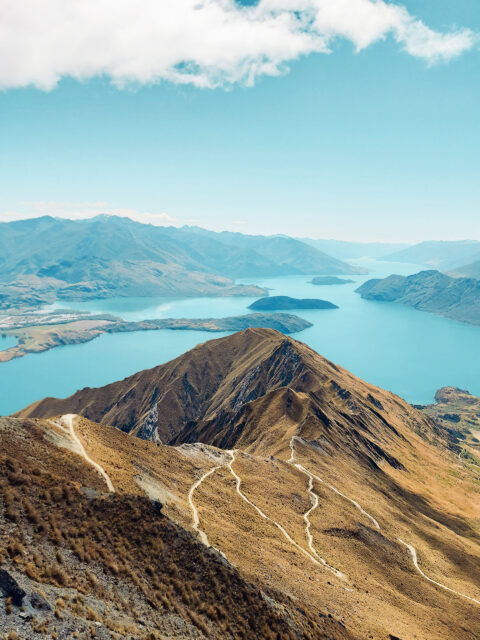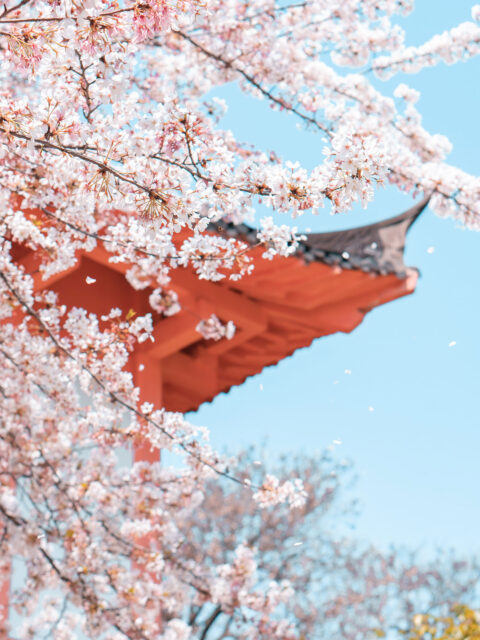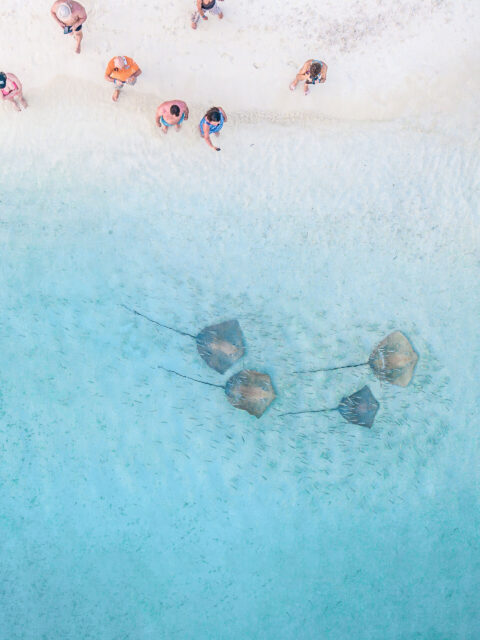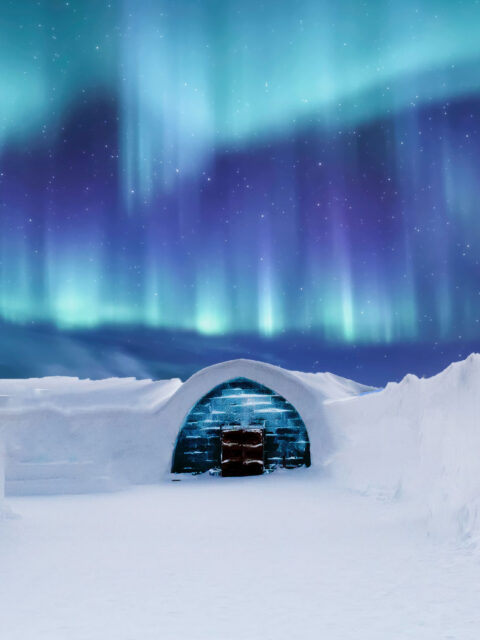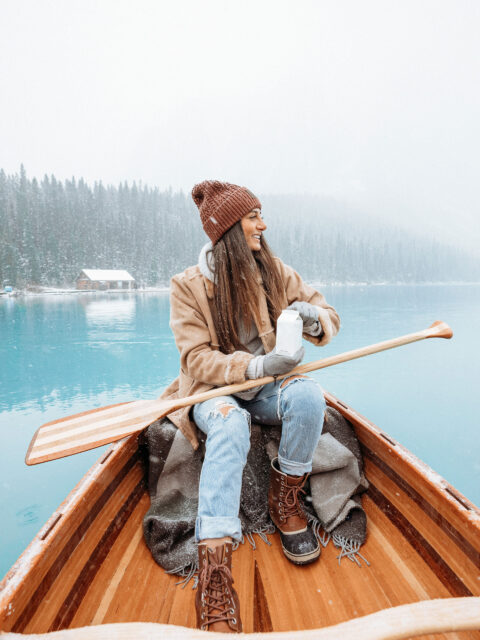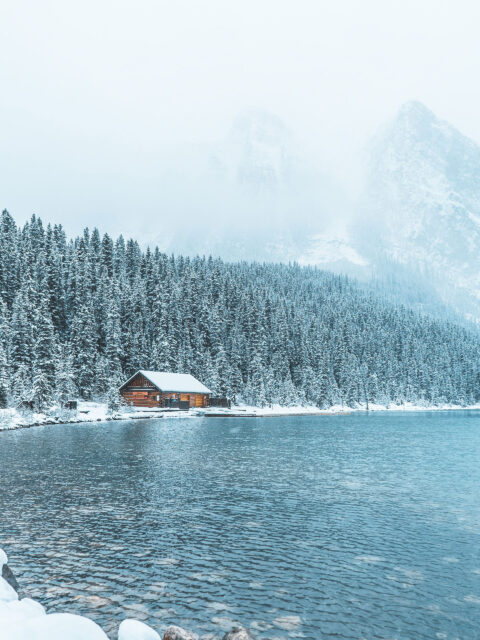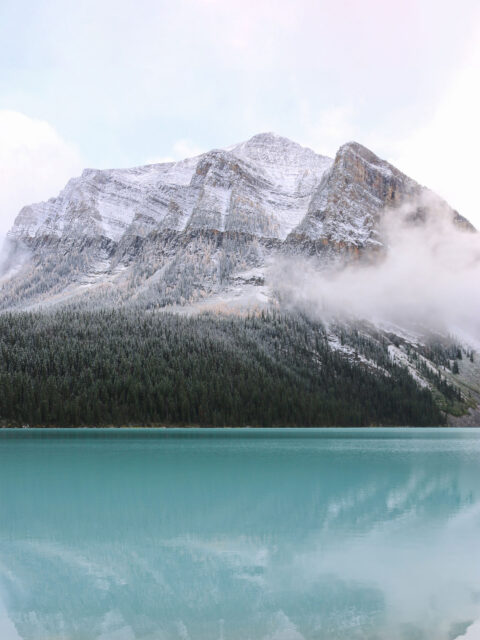The Ultimate Guide to Photographing Puffins and Picturesque Landscapes
Whether you’re an avid birdwatcher, a nature photographer, or simply someone who loves the idea of capturing breathtaking landscapes, photographing puffins and their stunning habitats is an experience unlike any other. Puffins, with their colorful beaks and playful personalities, are a favorite subject for wildlife photographers, and the landscapes they inhabit are equally as photogenic. This ultimate guide will walk you through the tips, techniques, and essential gear needed to capture these delightful creatures and their beautiful surroundings.
DISTANCE
4.5 km return
ESTIMATED TIME
1 hr 10 min
ELEVATION GAIN
108 m
DIFFICULTY
Easy
Why Puffins?
Puffins are often referred to as “clowns of the sea” due to their unique, comical appearance and charming antics. Known for their colorful beaks, large eyes, and black-and-white plumage, puffins are most commonly found on coastal cliffs, often in remote and rugged locations. These birds are particularly abundant in places like Iceland, Norway, and the Faroe Islands, offering photographers an opportunity to capture the essence of wildlife in pristine, natural settings.
Best Time to Photograph Puffins
Timing is everything when it comes to photographing puffins. The best time to visit puffin colonies is during their breeding season, which typically runs from late spring to early summer (May to August). During this time, puffins are more active, often engaging in courtship rituals, nesting, and feeding their young. This gives you the best chance to capture dynamic moments, like puffins flying, diving, or interacting with their chicks.
Choosing the Right Location
When it comes to puffin photography, location is key. Puffins often nest on coastal cliffs, remote islands, and rocky shores, so it’s important to research the best spots where these birds are most active. Some popular locations for puffin photography include:
- Faroe Islands: A hidden gem for puffin photography, the Faroe Islands provide dramatic coastal cliffs and stunning scenery.
- Iceland: Home to one of the largest puffin populations in the world, Iceland offers stunning landscapes and accessible puffin colonies. Locations like Látrabjarg cliffs and Dyrhólaey are prime spots.
- Norway: The Lofoten Islands and the cliffs of Røst are famous for their puffin colonies, offering dramatic landscapes combined with abundant wildlife.
Essential Gear for Puffin Photography
Capturing the beauty of puffins and their surroundings requires the right gear. Here’s a list of equipment that will help you get the best shots:
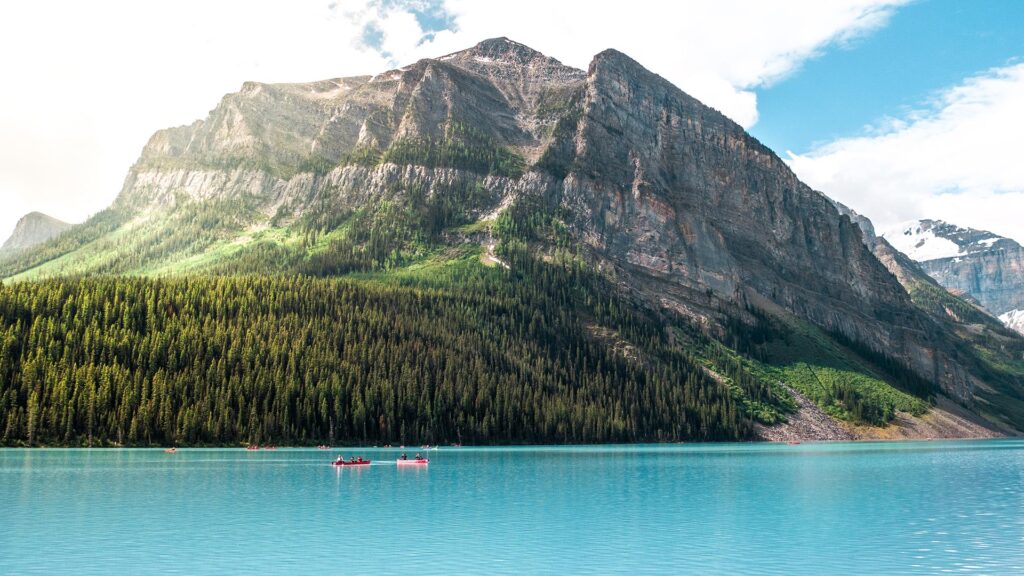
- Telephoto Lens (200mm – 500mm): Puffins are often found in remote and elevated areas, so a telephoto lens is essential for capturing them from a distance without disturbing their natural behavior. A lens with a focal length of 200mm to 500mm will allow you to get close-up shots without crowding the birds.
- Wide-Angle Lens: For capturing the dramatic landscapes of puffin habitats, a wide-angle lens (16mm – 35mm) is ideal for showcasing sweeping views of cliffs, oceans, and sky.
- Tripod or Monopod: To keep your camera steady, especially when using long lenses, a tripod or monopod is essential. It helps reduce camera shake and allows you to compose your shots more effectively.
- Camera with High Frame Rate: Puffins are quick and agile, so having a camera with a fast frame rate (at least 5-10 frames per second) will help you capture action shots of the birds in flight or while feeding.
- Waterproof Bag and Lens Cloths: Since puffins inhabit coastal areas, the weather can be unpredictable. Keep your gear dry by using waterproof bags and lens cloths to prevent moisture buildup on your lenses.
Respecting Nature
While photographing puffins, it’s crucial to respect their environment and behavior. Puffins are sensitive to human presence, so always maintain a safe distance and avoid disturbing them. Be mindful of local conservation efforts and guidelines to protect these incredible birds and their habitats.
Final Thoughts
Photographing puffins and the landscapes they call home is a rewarding challenge that allows you to connect with nature and hone your skills as a photographer. With the right gear, techniques, and patience, you can capture stunning images that showcase the beauty of these iconic birds and their breathtaking environments. So pack your gear, head to the coast, and embark on your own puffin photography adventure—you’re sure to create photos that will last a lifetime.
